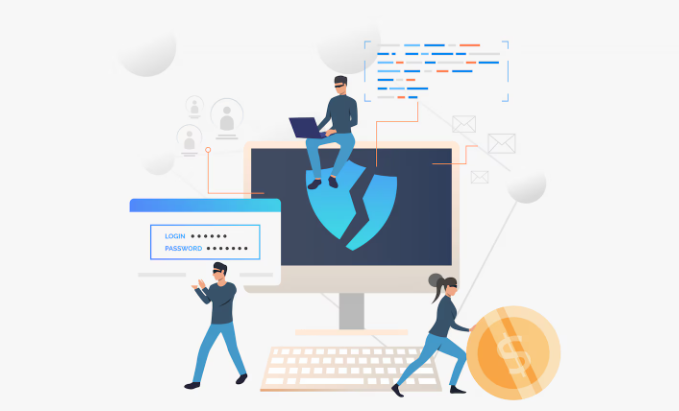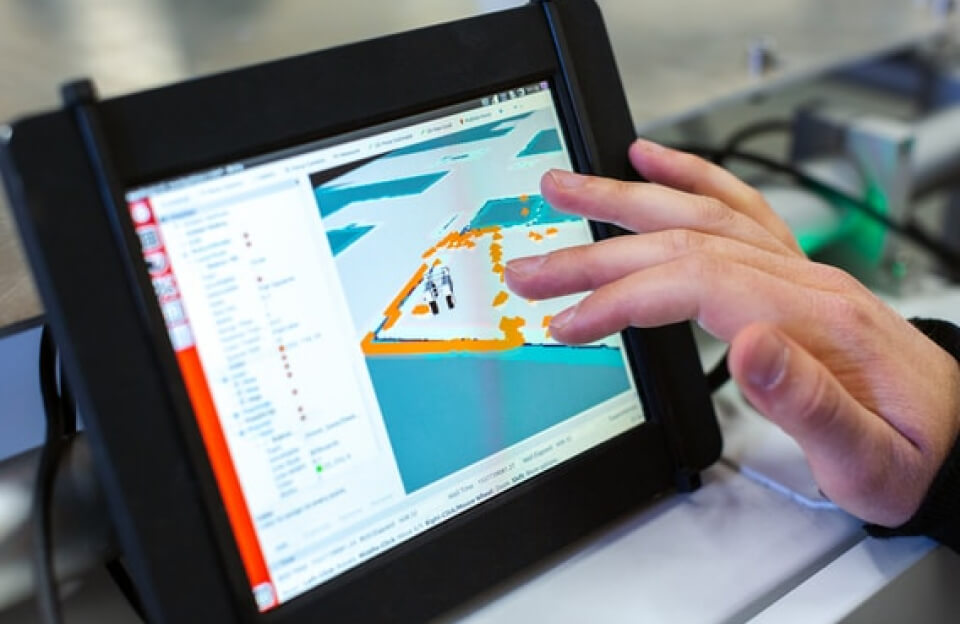Cybersecurity trends are evolving quickly in today’s digital world. As companies adopt technology, cloud systems, and remote working options, it is paramount to stay a step ahead of the peril. Thus, from startups to multinational companies, American businesses need to be aware of the latest cybersecurity trends so that they can protect sensitive data, retain customer trust, and uphold regulations.
This article unveils what incisive cybersecurity trends we will see in 2025, why they matter for American companies, and how organizations can turn the perspective into a business advantage for security in an ever-changing digital realm.
Why Cybersecurity Trends Matter
Cyber threats have increased in frequency and sophistication. Costs of cybercrime are expected to cross $10.5 trillion worldwide by 2025, according to recent reports. Now, what does that really mean for the U. S. businesses is revenue loss, reputation damage, and potential legal liabilities.
Hence, understanding cybersecurity trends allows businesses to anticipate threats, instigate preemptive measures, and largely augment their security posture. Plus, keeping up to date with the current cybersecurity trends ensures compliance with HIPAA, GDPR (for operations beyond the U. S.), and CCPA in California.
Top Cybersecurity Trends in 2025
Growth of AI-Powered Cybersecurity
Artificial intelligence (AI) is revolutionizing the way companies detect and respond to cyber threats. By means of machine-learning algorithms, AI recognizes unusual activities on networks, reports potential breaches, and even predicts forthcoming attacks.
The benefits of AI-powered security tools for American enterprise lie in faster response times with a blameless margin of error. In addition to this, these tools can ensure continuous monitoring, a vital necessity for enterprises with digital infrastructure systems that are too complex.
More Focus on Cloud Security
Everything from cloud adoption to migration of data and applications to cloud platforms is growing at a higher rate at present. Hence, cloud security is a grave concern in cybersecurity strategies.
Modern cloud security techniques mean heavy encryption, multi-factor authentication, and safe access control. Various companies have found the zero-trust model suitable: it means that before sensitive information is accessed, every user and device is checked.
Growth of Remote Work Security
The hybrid work setup heralds many ambiguities in the cybersecurity realm. Since workers outside headquarters make use of personal devices and, more often, unsecured networks, cybercriminals are keeping a tight watch on them.
Consequently, a famous fad of businesses has caught on to implementing VPNs, endpoint security, and secure collaboration tools. They go further and launch training programs for employees on the peculiarities of phishing, social engineering, and safe digital practices.

Advanced Detection and Response to Threats
The extant measures, such as firewalls and antivirus software, are gradually turning outdated and insufficient. Hence, more organizations are now employing state-of-the-art tools for threat detection, behavioral analysis, and real-time monitoring.
Such tools can respond to intrusions promptly and automatically perform response actions, thus curbing downtime and minimizing damage. The approach of shielding common financial and personal information of U. S. businesses is crucial for a proactive stance.
Cybersecurity Regulations and Compliance
Data privacy regulations are, in fact, tightening. Apart from CCPA and HIPAA in force, organizations must be aware of industry-specific cybersecurity regulations applicable to themselves (for example, NIST, ISO 27001, PCI DSS).
Comprehending these compliance issues is a must to avoid any fines and legal punishments, coupled with reputation loss in case they neglect regulations. As a result, most U. S. companies engage in setting up their own compliance officers or teams to ensure conformity to regulations.
Challenges Posed for IoT Security
New IoT devices, in this case, would be smart cameras, sensors, or any connected appliances. Invariably, threats are posed by the new avenues of attack.
Switching gears, security is provided through device authentication and encryption, and issues are resolved through tracking and monitoring activities. In this manner, businesses can still use an IoT setup without risking any sensitive information.
Phishing and Social Engineering Attacks
Phishing remains a gigantic threat even in 2025. Cybercriminals compromise the security environment by targeting credentials through the creation of professional-looking emails or fake websites-and installing malware or using some social engineering tricks.
As a result, continuous training of employees, simulated phishing campaigns, and robust email security solutions are a must. This trend, in the case of American businesses, again drives home the need for an interplay between technology and human alertness.
Evolution of Ransomware
There’s a continuing upward trend in ransomware attacks in terms of numbers and complexity. Intervening ransomware nowadays threatens critical infrastructure against ransom demands that sometimes go up to multi-million dollar sums.
Thus, organizations are now investing in sophisticated backup solutions, ransomware detection tools, and incident response strategies. Additionally, companies are investing in cyber insurance to cover their financial losses.
Privacy First Security Approach
Consumers are getting more and more aware of their digital privacy. Hence, companies consider privacy-first approaches to cyber security that offer limited data collection, anonymization of personal data, and strong encryption.
Besides, in protecting their customers, this trend builds trust, which is the very currency for U. S. companies trying to compete in a digital marketplace.
Further Public-Private Collaboration
Cyber threats often do not stop at national borders, so collaboration is a must. Hence, governments and private companies have embraced the sharing of threat intelligence for early detection of attacks and coordinated responses.
In cases of public-private partnerships, where infrastructure critical to the nation, financial sectors, and healthcare-related networks are protected from large-scale cyberattacks.
Ways for U. S. Businesses to Stay Ahead
Understanding the cybersecurity trends is only partly the answer. Therefore, companies must implement actionable strategies that effectively reduce risks.
- Regular Audits of Security
Frequent security audits allow the identification and the fixation of weaknesses before attackers can use them.
- Training and Awareness of Employees
Engaging in cybersecurity training programs helps employees identify threats such as phishing or social engineering.
- Adopt a Zero-Trust Security Approach
As with the zero-trust model, it verifies every device and user, thereby reducing chances for unauthorized access and insider threats.
- Using AI and Automation
Automated threat detection tools reduce the time needed to find and respond to breaches as compared to manual detection, thereby increasing security.
- Corporate Cyber Insurance
Cyber insurance handles financial losses from ransomware and data breaches because businesses continue functioning.
Conclusion
During the 2025 period, and in view of the prevalent trend, the term must continue to be studied by U. S. businesses. From AI-powered threat detection to cloud security and a privacy-first approach, there must always be a gainful adaptation that organizations have to ensure in the evolving threat environment.
If the trends are studied in time and a proactive approach is adopted in sync with them, companies may protect their sensitive data, maintain regulatory standards, and attain customer trust. The entire gamut of cybersecurity trends is no longer just an IT concern; it is rather a business imperative that covers growth, achievement, and long-term success.



